Coscoroba Swan
- February 28, 2024
- 0 comment
The Coscoroba Swan, scientifically known as Coscoroba coscoroba, is a captivating waterfowl species native to South America. Despite its resemblance to swans, it is more closely related to geese. This elegant bird is characterized by its slender neck, small head, and predominantly white plumage adorned with subtle black markings on the wings. Its bill, pink with a black tip, adds a touch of uniqueness to its appearance. Found primarily in countries like Argentina, Chile, Uruguay, and southern Brazil, the Coscoroba Swan inhabits various wetland habitats such as marshes, lagoons, and shallow lakes.

In terms of behavior, it feeds on aquatic vegetation, grasses, and occasionally small invertebrates, often seen foraging gracefully in shallow waters. During the breeding season in spring and summer, Coscoroba Swans form monogamous pairs and construct nests near water bodies using reeds, grasses, and other plant materials. While not currently facing significant threats, conservation efforts are essential to safeguard their habitats from human activities such as agriculture, urbanization, and pollution.
Despite not being as widely recognized as other swan species, the Coscoroba Swan’s elegance, adaptability, and ecological importance make it a species worth appreciating and protecting for generations to come.
| Aspect | Description |
|---|---|
| Scientific Name | Coscoroba coscoroba |
| Common Name | Coscoroba Swan |
| Family | Anatidae (Waterfowl) |
| Size | Small to medium-sized |
| Length | Approximately 90-115 cm (35-45 inches) |
| Wingspan | Around 155-170 cm (61-67 inches) |
| Weight | Typically between 3-5 kg (6.6-11 lbs) |
| Plumage | Predominantly white with black wing markings |
| Bill | Pink with a black tip |
| Habitat | Wetland habitats such as marshes, lagoons, and shallow lakes |
| Distribution | Found primarily in South America, including Argentina, Chile, Uruguay, and southern Brazil |
| Feeding Habits | Primarily feeds on aquatic vegetation, grasses, and occasionally small invertebrates |
| Breeding Behavior | Forms monogamous pairs during the breeding season; nests near water bodies |
| Conservation Status | Not currently considered endangered, but vulnerable to habitat loss and degradation |
| Threats | Habitat loss, pollution, and human activities such as agriculture and urbanization |
| Lifespan | Up to 10-20 years in the wild |
A Graceful Presence
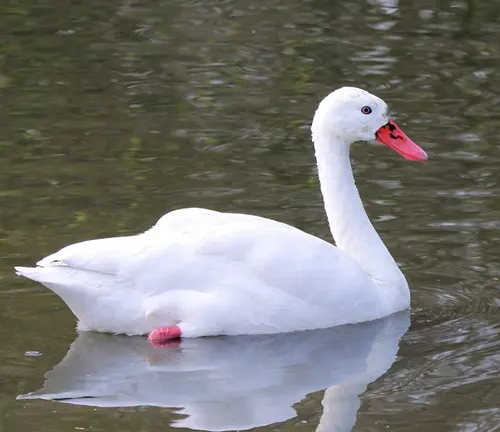
Coscoroba Swan (Coscoroba coscoroba) is a species of waterfowl known for its elegant appearance and graceful movements. While not as famous as its larger relatives like the Mute Swan or the Trumpeter Swan, the Coscoroba Swan possesses its own unique charm and characteristics that make it a fascinating subject of study for bird enthusiasts and conservationists alike.
Physical Characteristics
Body Structure
The Coscoroba Swan exhibits a graceful and slender body structure, characteristic of waterfowl species. It possesses a long and elegant neck, which it often extends gracefully while swimming or foraging for food. Compared to other swan species, the Coscoroba Swan has a relatively small head, giving it a more delicate appearance. Its body is streamlined, facilitating smooth movement through water, while its legs are relatively short, adapted for paddling and walking on land. Overall, the body structure of the Coscoroba Swan reflects its adaptation to its aquatic habitat and graceful swimming behavior.
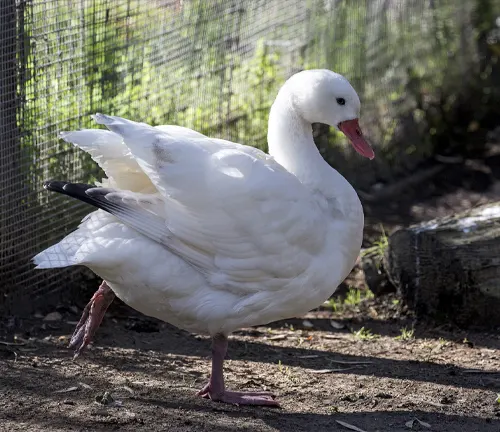

Feathers and Coloration
The plumage of the Coscoroba Swan is predominantly white, with striking black markings on the wings. These black markings form distinct patterns, adding to the bird’s aesthetic appeal. Additionally, the bill of the Coscoroba Swan is pink with a black tip, providing a contrast to its white feathers. This combination of white plumage and contrasting black and pink features contributes to the Coscoroba Swan’s distinctive appearance. The feathers of the Coscoroba Swan are soft and dense, providing insulation and buoyancy in the water, essential for its survival in its wetland habitat. Overall, the feathers and coloration of the Coscoroba Swan play a significant role in both its visual appeal and its adaptation to its natural environment.
Habitat and Distribution

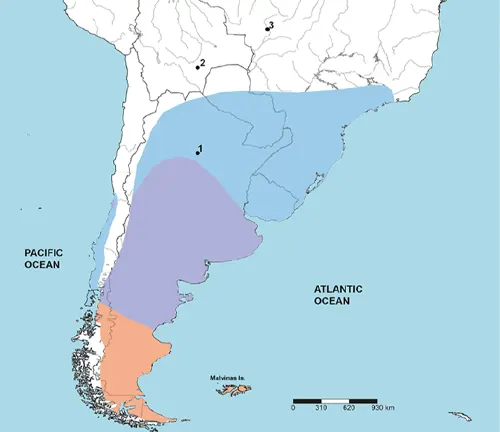
The Coscoroba Swan is primarily found in South America, inhabiting a range of wetland habitats across the continent. These habitats include marshes, lagoons, shallow lakes, and other freshwater environments. Coscoroba Swans are commonly spotted in countries such as Argentina, Chile, Uruguay, and southern Brazil, where suitable wetland habitats are abundant.
Within these wetland areas, Coscoroba Swans prefer habitats with ample vegetation and access to shallow water. These environments provide them with suitable feeding grounds and nesting sites. They are often observed foraging for aquatic vegetation, grasses, and small invertebrates in the shallows of marshes and lakes.
Behavior and Social Structure
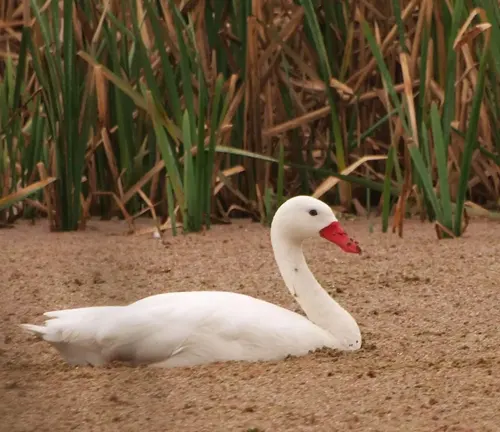
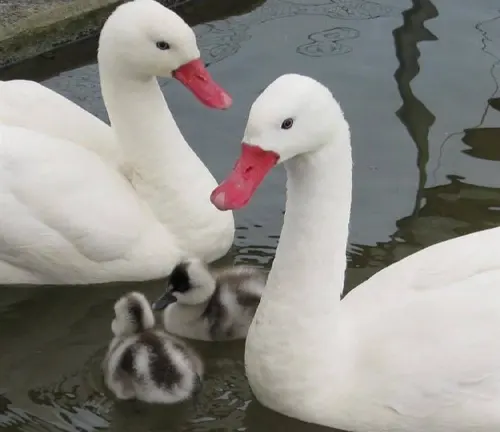
Feeding Habits
Coscoroba Swans primarily feed on a diet consisting of aquatic vegetation, grasses, and occasionally small invertebrates. They are often seen foraging in shallow waters, using their long necks to reach submerged plants and grasses. Their feeding behavior typically involves dipping their heads underwater to grasp vegetation with their bills or upending to reach food below the surface.
These swans are known to be herbivorous, with a preference for various types of aquatic plants, including pondweeds, water lilies, and grasses that grow in or near water bodies. While their diet primarily consists of plant matter, they may also consume small aquatic invertebrates, such as insects and mollusks, opportunistically.
Breeding Behavior
During the breeding season, which typically occurs in spring and summer, Coscoroba Swans exhibit monogamous mating behavior. They form pairs that remain together for the duration of the breeding season, and in many cases, for life. These monogamous pairs engage in elaborate courtship displays, which may involve synchronized swimming, mutual preening, and vocalizations.
Coscoroba Swans construct their nests in close proximity to water bodies, often in secluded areas surrounded by vegetation. The nests are typically built using a combination of reeds, grasses, and other plant materials, forming a shallow bowl-shaped structure. Both male and female swans contribute to nest-building activities.
After the nest is constructed, the female lays a clutch of eggs, usually numbering between 4 to 7 eggs. The eggs are incubated by both parents for a period of approximately 35 to 40 days. Once the eggs hatch, the parents care for and protect the young cygnets, teaching them essential survival skills such as foraging and swimming.
Conservation Status
Threats
Despite not being currently considered endangered, Coscoroba Swans face various threats to their survival, primarily due to habitat loss and degradation caused by human activities. Some of the key threats to Coscoroba Swans include:
- Habitat Loss: The conversion of wetland habitats into agricultural land, urban areas, and industrial zones deprives Coscoroba Swans of essential feeding and nesting sites.
- Pollution: Pollution from agricultural runoff, industrial discharge, and urban waste can contaminate water bodies, affecting the quality of water and the availability of suitable food sources for Coscoroba Swans.
- Hunting and Poaching: While not as prevalent as in the past, illegal hunting and poaching still pose a threat to Coscoroba Swans, particularly in areas where they come into contact with humans.
- Climate Change: Climate change may alter the distribution and availability of suitable habitats for Coscoroba Swans, leading to changes in their migratory patterns and breeding behavior.
Conservation Efforts
Efforts to conserve Coscoroba Swans and their habitats are crucial for ensuring the long-term survival of this species. Some conservation efforts include:
- Wetland Protection: Establishing protected areas and reserves for wetland habitats where Coscoroba Swans occur can help safeguard their feeding and nesting sites from further degradation and development.
- Habitat Restoration: Restoring degraded wetland habitats through measures such as reforestation, wetland rehabilitation, and invasive species management can create suitable habitats for Coscoroba Swans and other waterfowl species.
- Community Engagement: Involving local communities in conservation efforts through education, awareness campaigns, and sustainable livelihood programs can foster stewardship of wetland ecosystems and reduce human impacts on Coscoroba Swans.
- Legislative Protection: Enacting and enforcing laws and regulations to prohibit hunting, poaching, and habitat destruction of Coscoroba Swans can provide legal protection for the species and deter illegal activities.
- Research and Monitoring: Conducting research on Coscoroba Swan populations, habitat use, and threats can inform conservation strategies and monitoring programs to track population trends and assess the effectiveness of conservation efforts over time.
Cultural Significance
In some indigenous cultures of South America, the Coscoroba Swan holds symbolic significance and plays a role in traditional beliefs and practices. While the specific cultural significance may vary among different indigenous communities, the Coscoroba Swan is often revered for its beauty, grace, and connection to nature.
- Symbol of Beauty: In many indigenous cultures, the Coscoroba Swan is admired for its elegant appearance and graceful movements. It symbolizes beauty and purity, often depicted in art, folklore, and ceremonial rituals.
- Harmony with Nature: The presence of Coscoroba Swans in wetland ecosystems is seen as a sign of a healthy and balanced environment. Indigenous communities view these birds as guardians of the wetlands, representing harmony and interconnectedness with nature.
- Spiritual Significance: Some indigenous cultures attribute spiritual qualities to the Coscoroba Swan, associating it with divine beings or ancestral spirits. The swan’s presence in sacred landscapes or during significant ceremonies may be interpreted as a spiritual message or blessing.
- Inspiration for Art and Music: Coscoroba Swans have inspired indigenous artists and musicians to create songs, dances, and artworks that celebrate their beauty and significance in cultural heritage. These artistic expressions serve to preserve and promote traditional knowledge and values related to the natural world.
- Conservation Advocacy: The cultural significance of the Coscoroba Swan has also contributed to conservation efforts aimed at protecting wetland habitats and preserving biodiversity. Indigenous communities often play a crucial role as stewards of natural resources, advocating for the conservation of species like the Coscoroba Swan and their habitats.
Interesting Facts
- Despite its swan-like appearance, the Coscoroba Swan’s closest relatives are actually geese, belonging to the Anatidae family.
- The name “Coscoroba” is derived from the Araucanian language of indigenous peoples in South America.
Different Species
The Coscoroba Swan (Coscoroba coscoroba) is a monotypic species, meaning there is only one recognized species within the genus Coscoroba. As such, there are no different species of Coscoroba Swans.
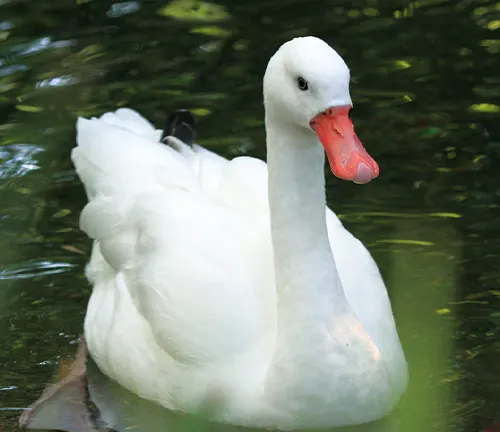
Frequently Asked Questions (FAQs)
- What is a Coscoroba Swan?
The Coscoroba Swan (Coscoroba coscoroba) is a species of waterfowl native to South America. Despite its resemblance to swans, it is more closely related to geese. - Where can Coscoroba Swans be found?
Coscoroba Swans are primarily found in South America, particularly in countries like Argentina, Chile, Uruguay, and southern Brazil. They inhabit various wetland habitats such as marshes, lagoons, and shallow lakes. - How big do Coscoroba Swans get?
Coscoroba Swans are small to medium-sized birds. They typically measure around 90-115 cm (35-45 inches) in length, with a wingspan of approximately 155-170 cm (61-67 inches). - What do Coscoroba Swans eat?
Coscoroba Swans primarily feed on aquatic vegetation, grasses, and occasionally small invertebrates. They are often seen foraging in shallow waters, using their long necks to reach submerged plants. - Are Coscoroba Swans endangered?
Currently, Coscoroba Swans are not considered endangered. However, they are vulnerable to habitat loss and degradation due to human activities such as agriculture, urbanization, and pollution. - How do Coscoroba Swans differ from other swan species?
Unlike larger swan species such as the Mute Swan or the Trumpeter Swan, Coscoroba Swans are smaller in size and have a more delicate appearance. They lack the characteristic knob on the bill found in some other swan species. - Do Coscoroba Swans migrate?
While some individuals may migrate short distances in response to changing environmental conditions, many Coscoroba Swans are resident birds and do not undertake long-distance migrations. - How do Coscoroba Swans communicate?
Coscoroba Swans communicate through various vocalizations, including honking and hissing sounds. They also use body language, such as head bobbing and wing flapping, to communicate with each other. - What is the lifespan of a Coscoroba Swan?
In the wild, Coscoroba Swans can live for up to 10-20 years. In captivity, they may live longer under optimal conditions. - Are Coscoroba Swans aggressive?
Coscoroba Swans are generally not known for being aggressive. However, they may become territorial during the breeding season and may exhibit defensive behavior to protect their nests and offspring. - Can Coscoroba Swans fly?
Yes, Coscoroba Swans are capable of flight. However, they are not as strong fliers as some other bird species and may prefer to swim or walk on land when not in flight. - Do Coscoroba Swans mate for life?
Yes, like many swan species, Coscoroba Swans typically form monogamous pairs and may mate for life. - What are the predators of Coscoroba Swans?
Common predators of Coscoroba Swans include large birds of prey such as eagles and hawks, as well as terrestrial predators like foxes and feral cats. - How do Coscoroba Swans protect themselves from predators?
Coscoroba Swans rely on several defense mechanisms to protect themselves from predators, including vigilance, group vigilance, and escape behaviors such as swimming or flying away from danger. - Are Coscoroba Swans legally protected?
In many countries, including those within their native range, Coscoroba Swans may be protected under wildlife conservation laws and regulations to ensure their survival and well-being.




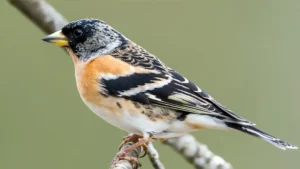

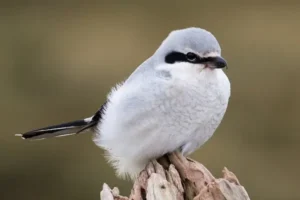
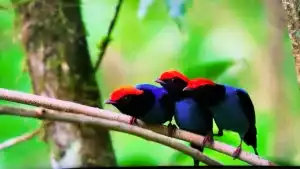
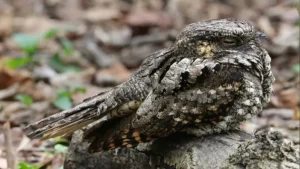


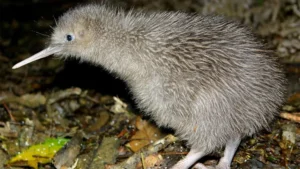
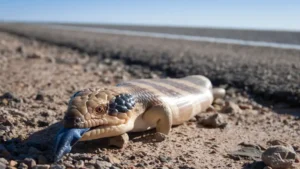
Leave your comment